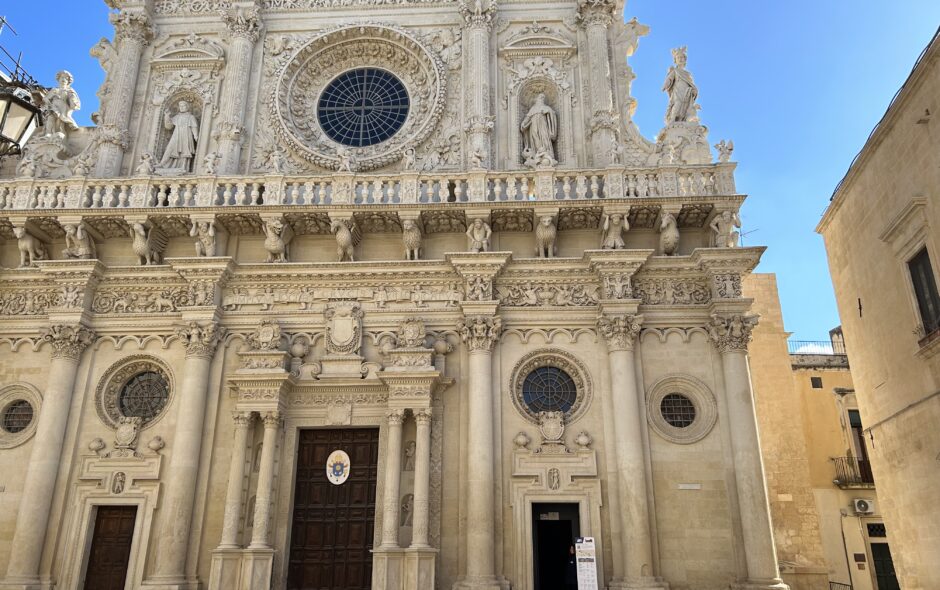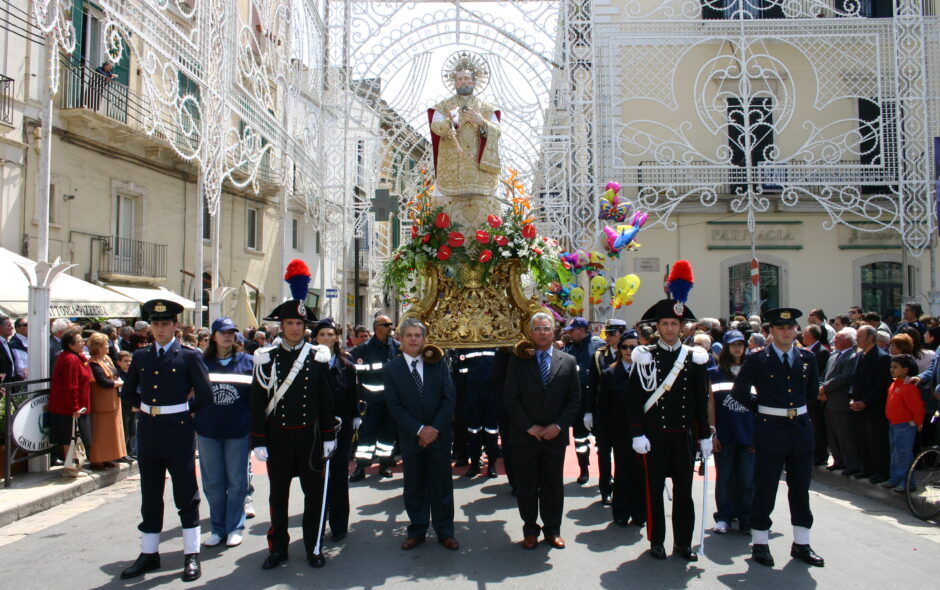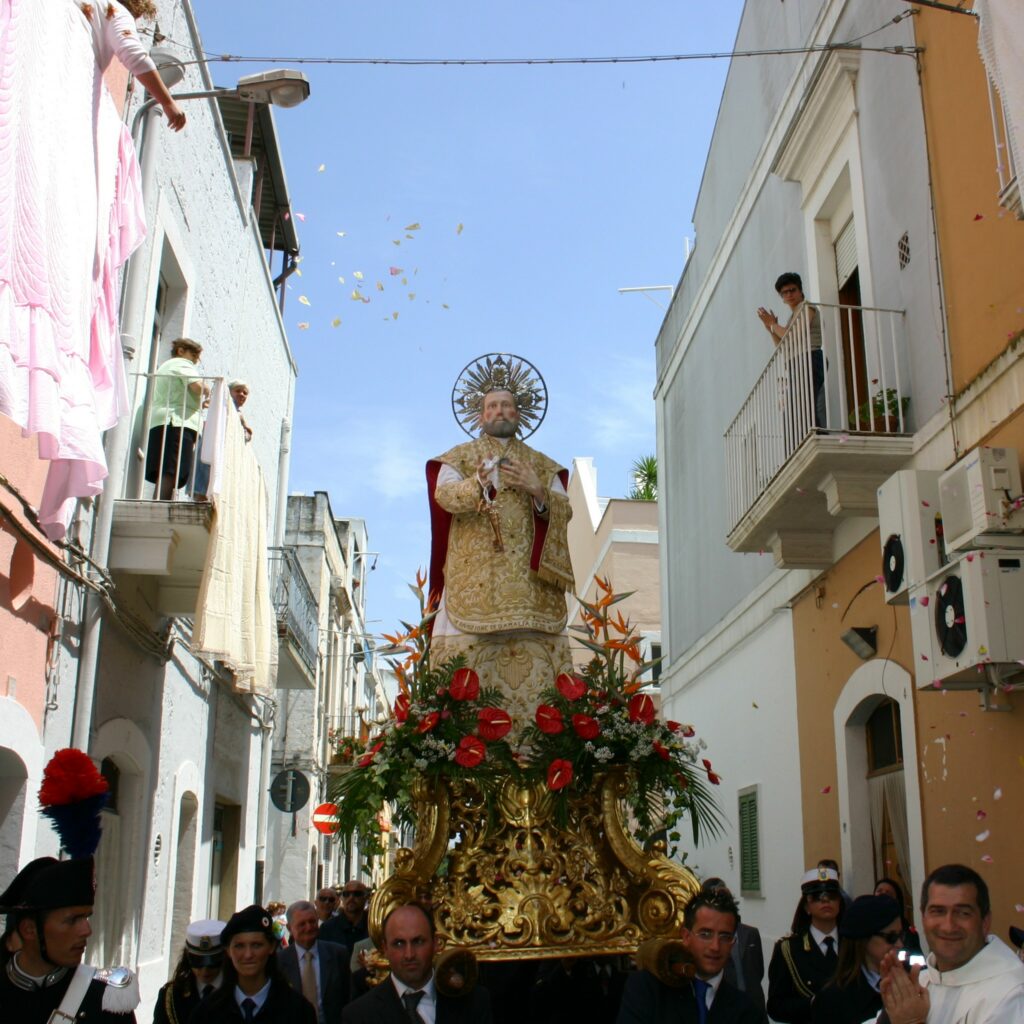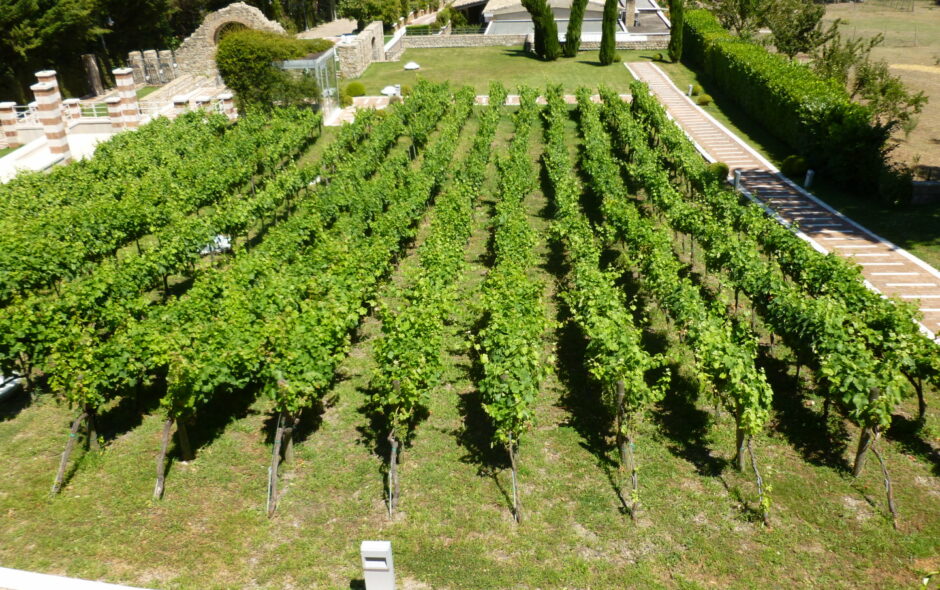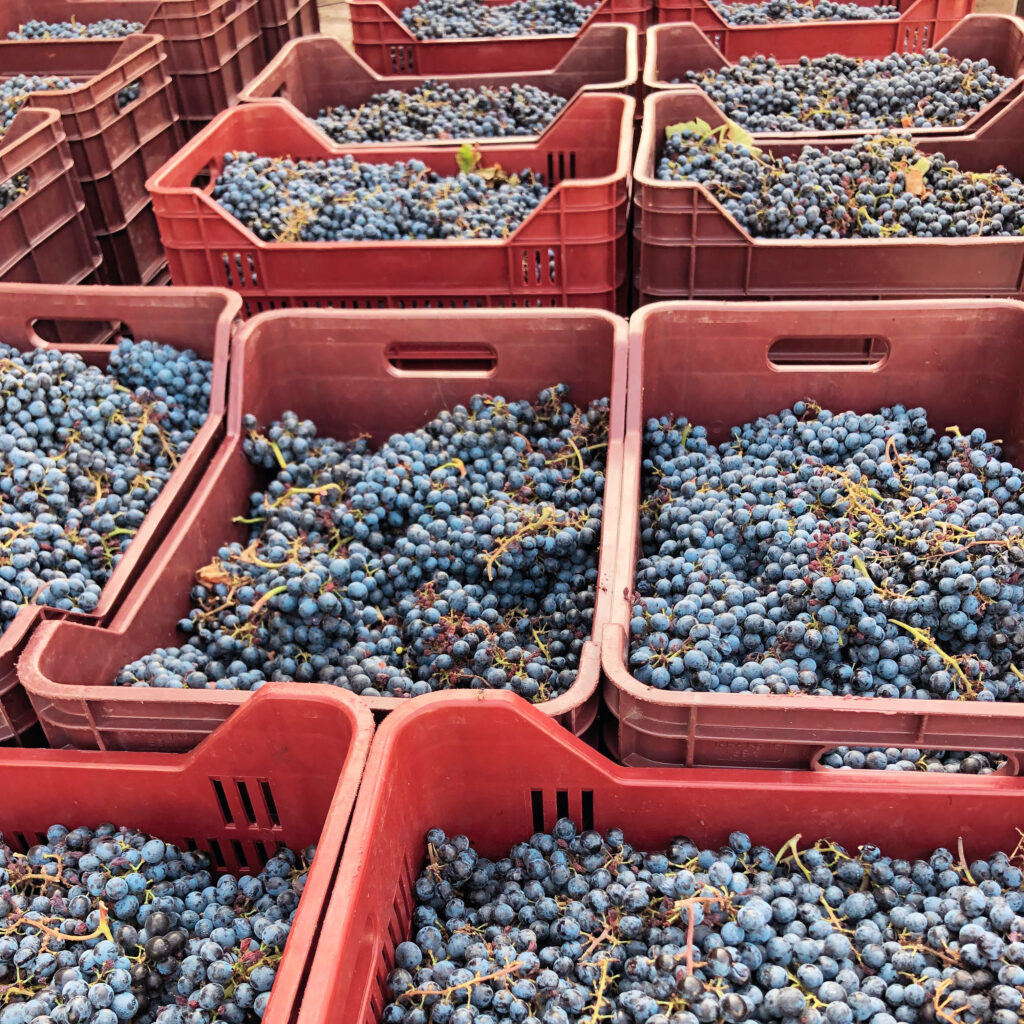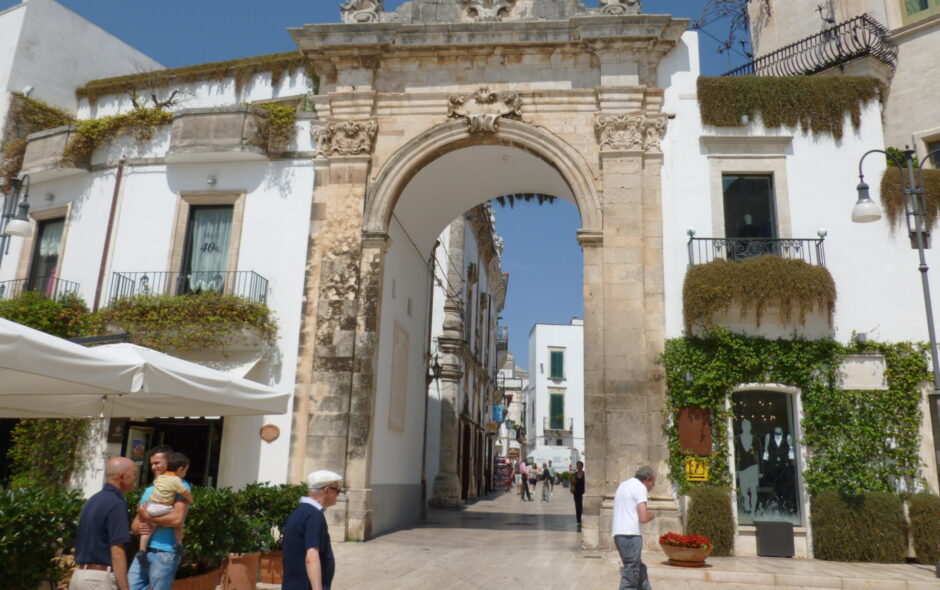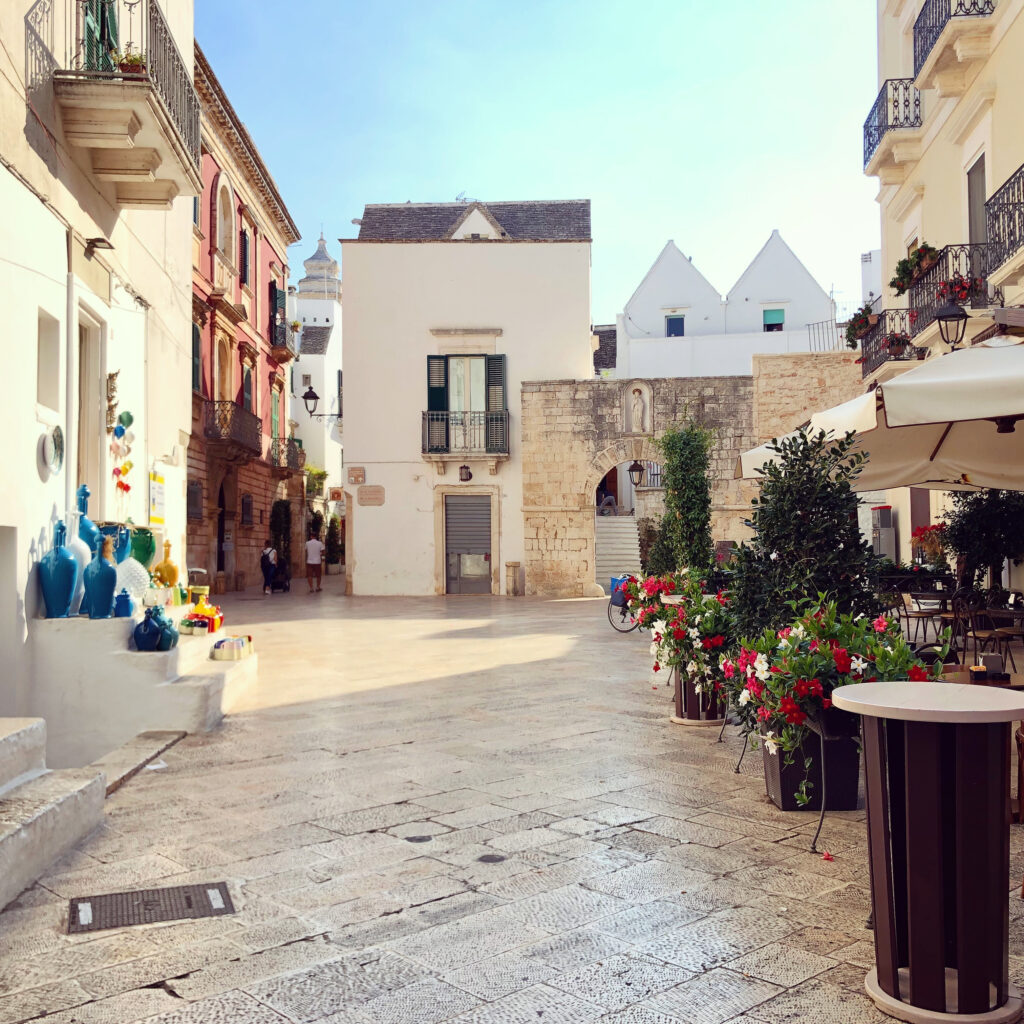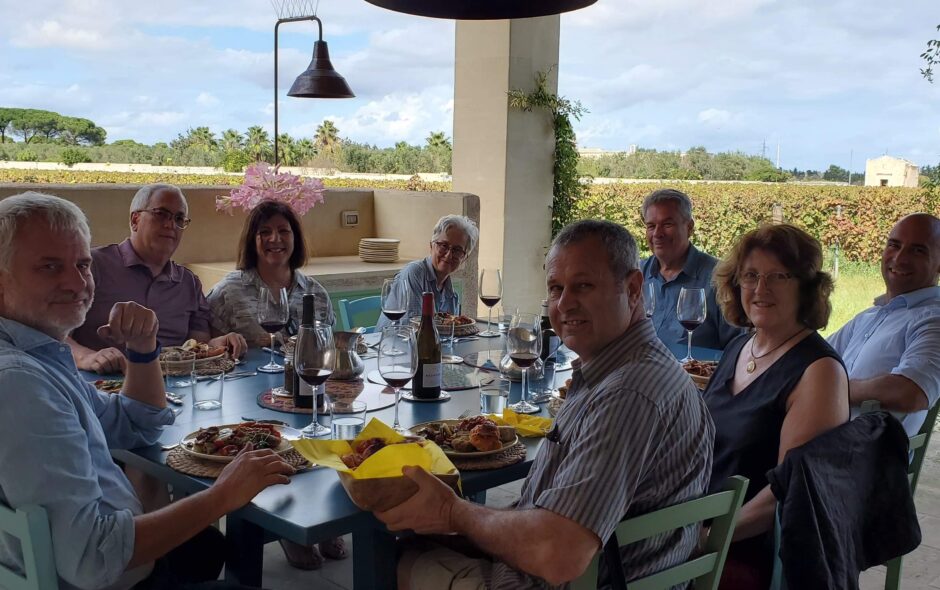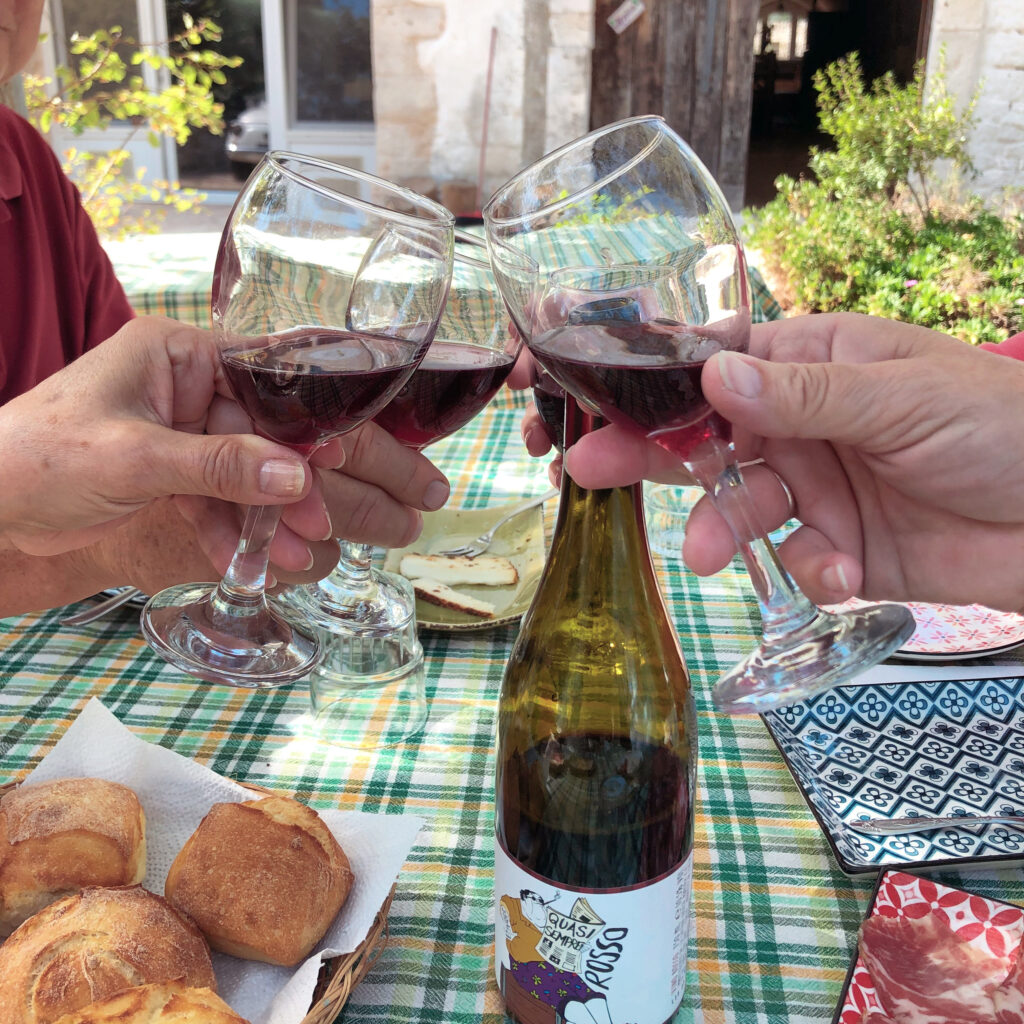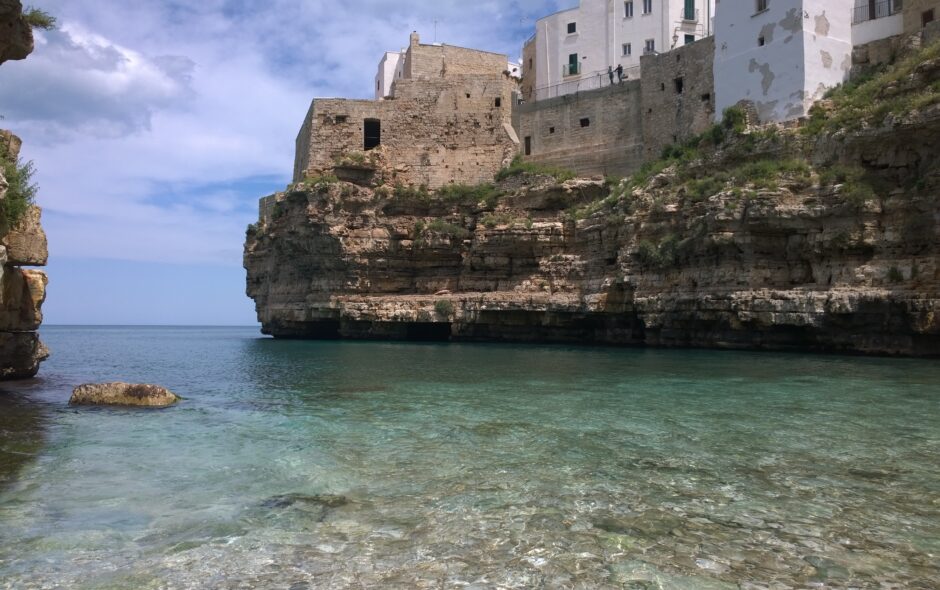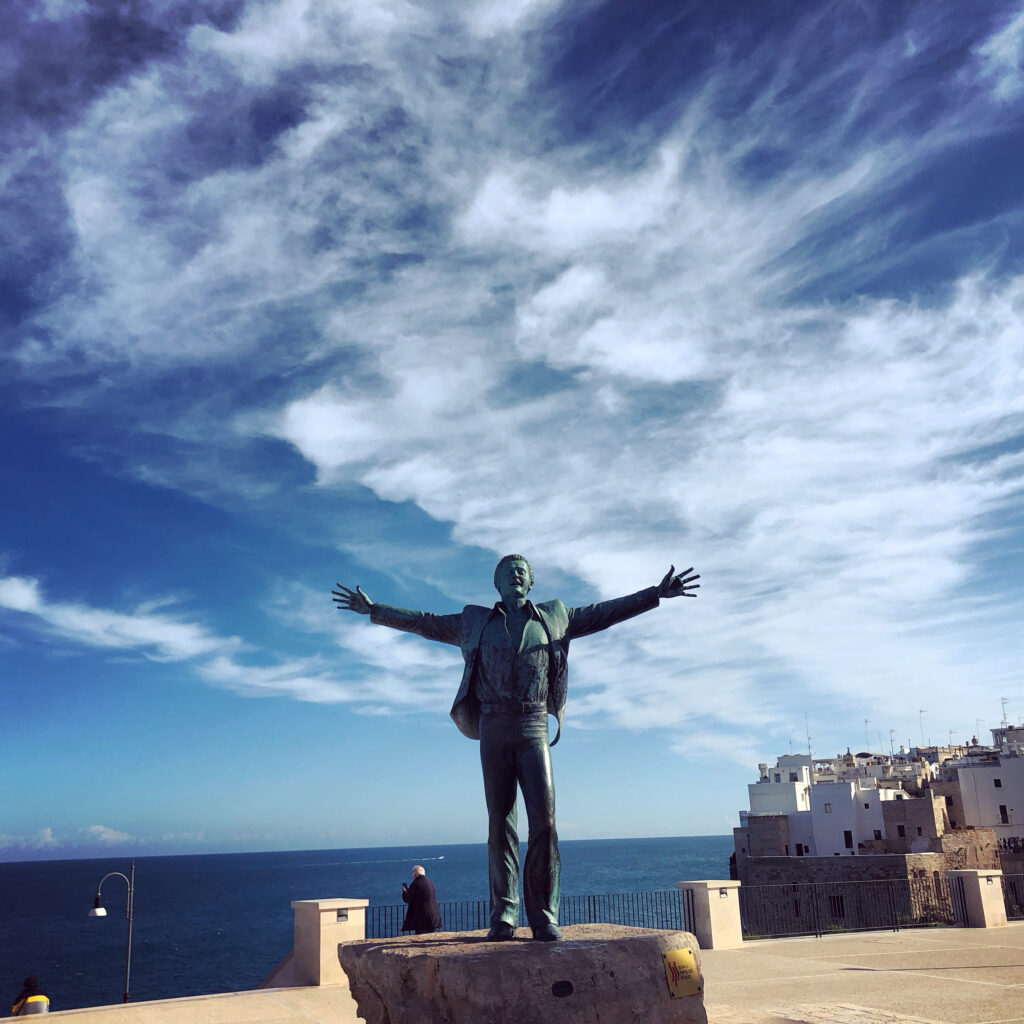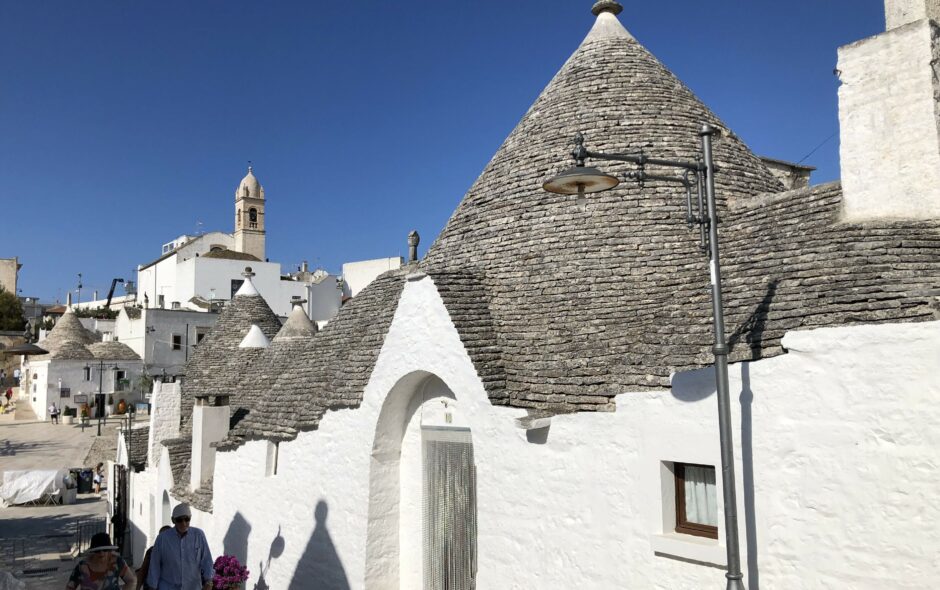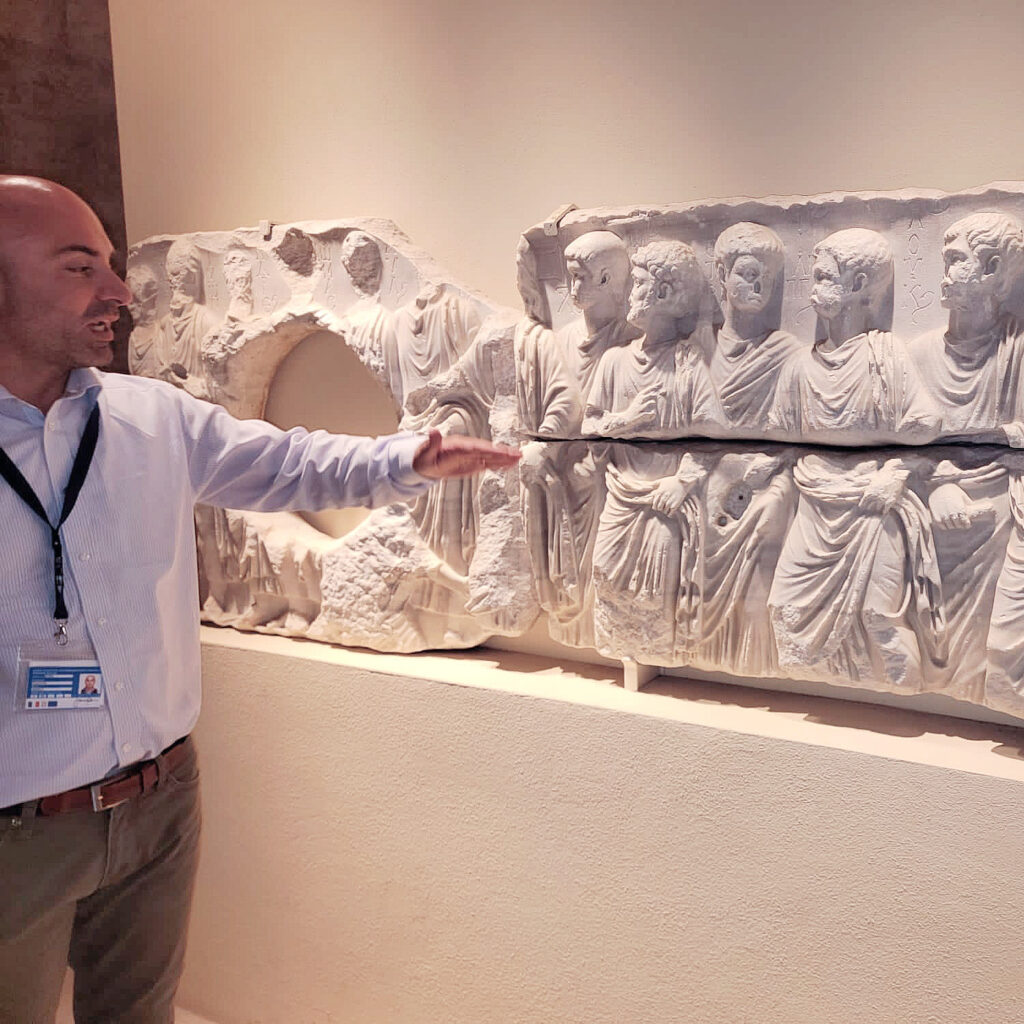At a certain point Lecce emerged from the crowded list of Italian cities of art and established itself as a destination no longer just for the summer. In fact, in addition to being a point of passage towards the “Maldives of Italy”, it is first and foremost a city rich in testimonies and works of art from the Roman, medieval and Renaissance periods.
Lecce is called the “Lady of the Baroque”, and it is precisely Baroque art that characterizes the spires, portals, churches, monuments and streets of the historic center overlooking refined buildings and interesting artisan workshops where objects are made of papier-mâché and Lecce stone. Baroque art spread to Lecce in the seventeenth century, during the Spanish domination, replacing classical art and creating a style that left room for fantasy and imagination. The historic center is full of examples of the processing of this stone in monuments, churches but also balconies and terraces of private homes.
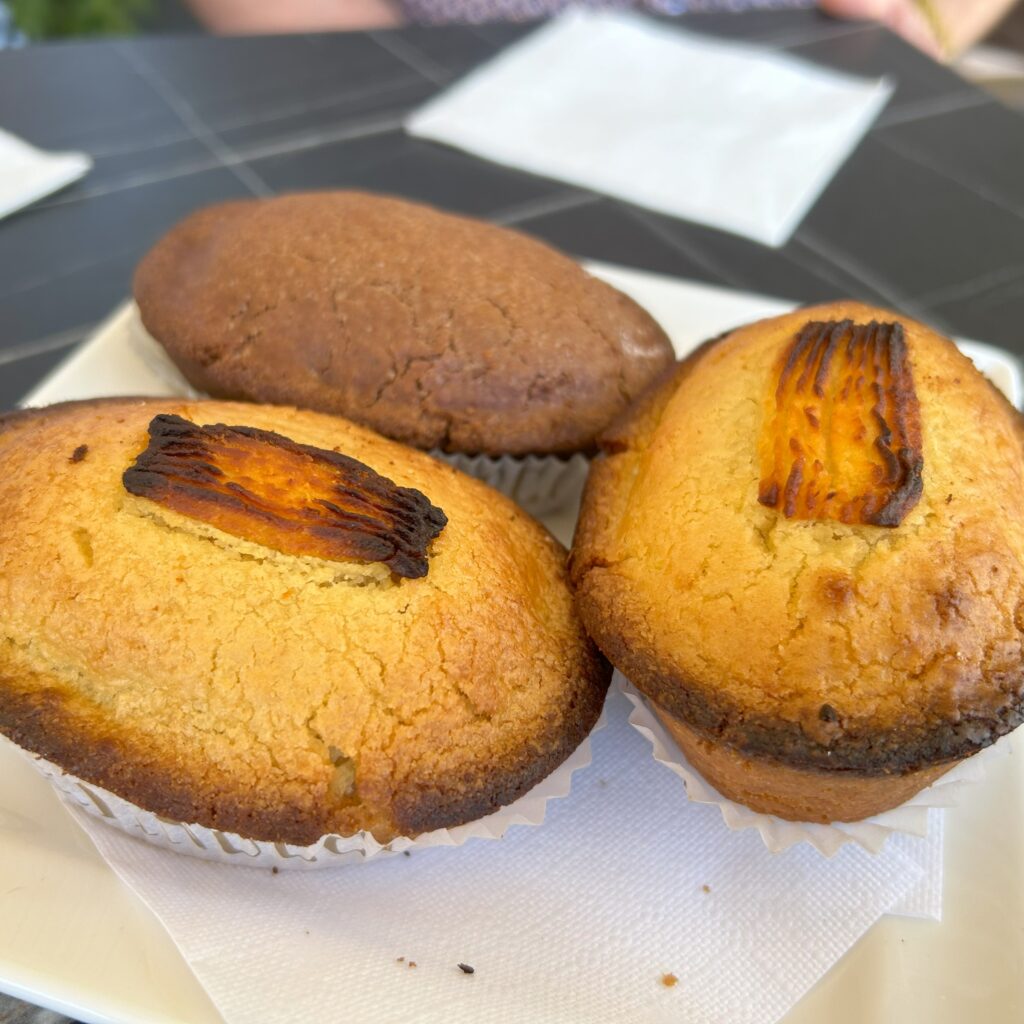
But it is not only Baroque that characterizes Lecce.
The most important testimony of the Roman era is the Amphitheatre, which was built in the 2nd century AD to entertain the passionate spectators with the shows and games that took place inside (the building could accommodate about 20,000).
Near Piazza Sant’Oronzo stands the Castle commissioned by King Charles V in 1539. For a long time the fortification served the function of defending the territory, later one of its rooms was used to host theatrical performances (18th century), later it functioned as a barracks and military district (from 1870 to 1979).
Piazza Sant’Oronzo is the main square of Lecce, the city’s living room, which has always been a meeting place and gathering place. Shops, cafes, and offices crowd the charming oval square whose pavement is decorated with a mosaic depicting the city’s coat of arms: the She-Wolf under a holm oak tree and the crown with 5 towers.
Good food is at home in Lecce. Among the typical dishes, the very famous pasticciotto leccese is worth mentioning, which must be eaten strictly hot. Local vegetables and seafood offer a myriad of typical dishes of the Salento culinary tradition. The spices of the Mediterranean scrub (sage, mint, oregano, rosemary…) contribute, then, to increasing the flavor of each dish. What about the wines? Negramaro, Salice Salentino and Primitivo di Manduria are just some of the native wines of Salento that are distinguished by their full-bodied color and flavor.
Interested in visting Lecce ? Ask us for more information.

